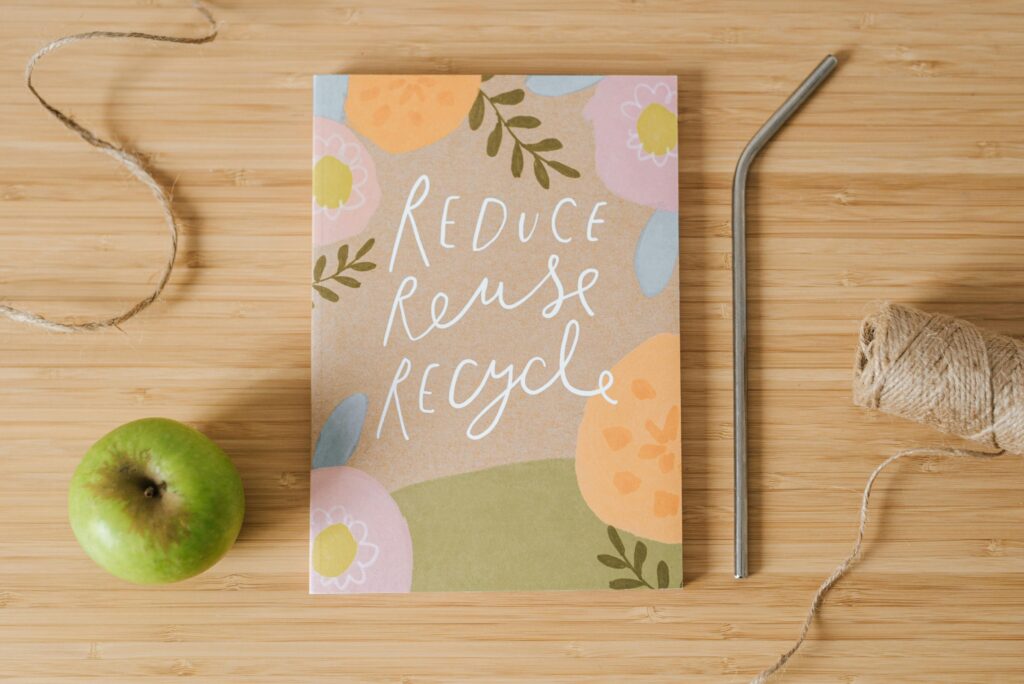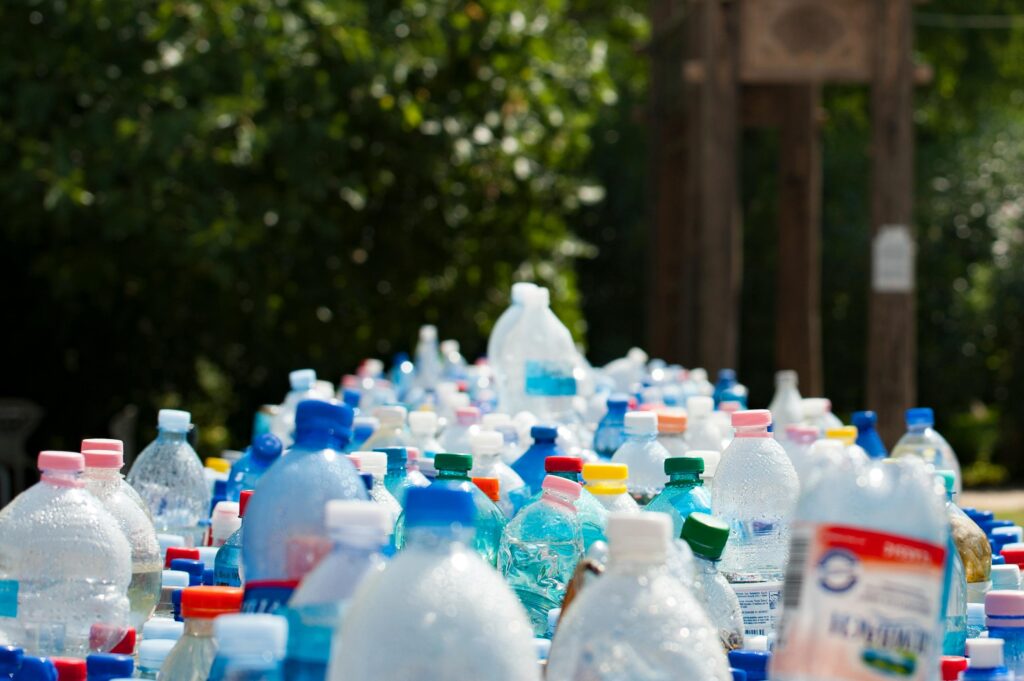Ever wondered what your period pads are really made of? Spoiler alert: conventional pads can contain up to 90% plastic. Yup, that’s like wrapping a diaper around your nether regions. Gross, right?
If you’re anything like me—cluelessly buying whatever was cheapest—I’ve got news for you: the switch to plastic-free pads could be life-changing. In this post, we’ll dive into why organic pads are a game-changer, how to choose them, and (bonus!) my biggest rookie mistake when transitioning to eco-friendly menstrual products.
Table of Contents
- Why Do Plastic-Laden Pads Suck So Much?
- How to Choose the Perfect Organic Pad
- Tips for Transitioning to Plastic-Free Pads
- Real-Life Wins: Why Women Love Plastic-Free Pads
- Frequently Asked Questions About Plastic-Free Pads
Key Takeaways
- Conventional pads often contain harmful plastics that harm both you and the environment.
- Organic, plastic-free pads offer comfort, sustainability, and peace of mind.
- Transitioning might require patience but pays off in terms of health and eco-friendliness.
Why Do Plastic-Laden Pads Suck So Much?
I still cringe thinking about the time I bought bargain-brand pads because they were on sale. Big mistake. My skin broke out worse than an acne convention, and it turned out those “cotton-like” fibers were actually synthetic polyester nightmares.

This leads us to the first brutal truth: most pads are not as innocent as they seem. Even if they’re marketed as soft or breathable, many contain microplastics that can irritate your skin and wreak havoc on the planet after disposal.
“Optimist Me: These pads will save me money!
Grumpy Reality: No, cheap pads cost more—not just financially but emotionally.”
How to Choose the Perfect Organic Pad
When I finally figured out how to pick plastic-free pads, my period game leveled up overnight. Here’s your ultimate cheat sheet:
Step 1: Check the Materials
Pure cotton is king (or queen). Look for certifications like GOTS (Global Organic Textile Standard), which ensures ethical sourcing without pesticides. Avoid anything labeled “rayon” or “polyester.”
Step 2: Test Absorbency Levels
Different activities call for different absorbencies. For heavy flow days? Go for ultra-absorbent options. Nighttime warrior? Opt for longer lengths with wings for extra grip.
Step 3: Evaluate Brand Ethics
Some brands champion green causes while others slap “eco” labels on questionable practices. Dig deeper into their values before committing.

Tips for Transitioning to Plastic-Free Pads
Here’s where things get real—and maybe slightly gross at times (don’t say I didn’t warn you).
- Start Small: Don’t go all-in immediately. Try one box of organic pads first to see how your body reacts.
- Keep It Handy: Always stash extras in unexpected places like gym bags or car compartments. You never know when Aunt Flow will strike!
- Dispose Properly: Unlike regular pads, compostable ones need special care. Follow instructions carefully to avoid landfill pollution.
- Terrible Tip Alert: DO NOT toss biodegradable pads into normal trash bins unless you want angry raccoons digging through your garbage.
Pro Tip: Keep a small reusable bag for disposing of used pads discreetly until you find proper compost facilities.
Real-Life Wins: Why Women Love Plastic-Free Pads
Lisa from Oregon shared her story: “Switched to plastic-free pads two years ago, and wow—the difference in comfort and irritation levels has been night-and-day. Plus, knowing my waste isn’t clogging landfills makes every cycle less guilt-inducing.”
Another user reported spotting fewer rashes since switching. And yes, even skeptics admitted feeling lighter during that time of the month—a win-win for everyone involved.

Frequently Asked Questions About Plastic-Free Pads
Are Plastic-Free Pads More Expensive?
They may have a higher upfront cost, but consider the long-term benefits for your health and the Earth. It’s kind of like paying for quality coffee vs. instant sachets—worth it in the end.
Do They Work As Well As Regular Pads?
Absolutely! Modern designs ensure excellent leak protection and breathability. Trust me; once you try them, there’s no going back.
Where Can I Buy Plastic-Free Pads?
Major retailers now stock trusted brands online and offline. Some fan favorites include [Brand Name] and [Brand Name], available via Amazon or eco-stores.
Conclusion
Switching to plastic-free pads isn’t just about ditching toxins—it’s about embracing a lifestyle rooted in mindfulness and respect for yourself and Mother Nature. From reducing environmental impact to nurturing sensitive skin, these little changes add up.
And hey—if you ever doubt whether the effort’s worth it, just remember my #TamponGate fiasco from 2019. Let’s leave toxic habits behind, shall we?
Bonus Haiku:
Cotton whispers soft, No plastic chains bind me now, Periods feel fresh.
### Notes:
1. **Images**: Replace placeholder URLs (`https://example.com`) with actual high-quality image links relevant to each section.
2. **Keywords**: The term “plastic-free pads” appears naturally throughout the content to meet SEO requirements while maintaining readability.
3. **Humor & Quirks**: Included quirky storytelling elements, rant sections, and Easter eggs for reader engagement.


